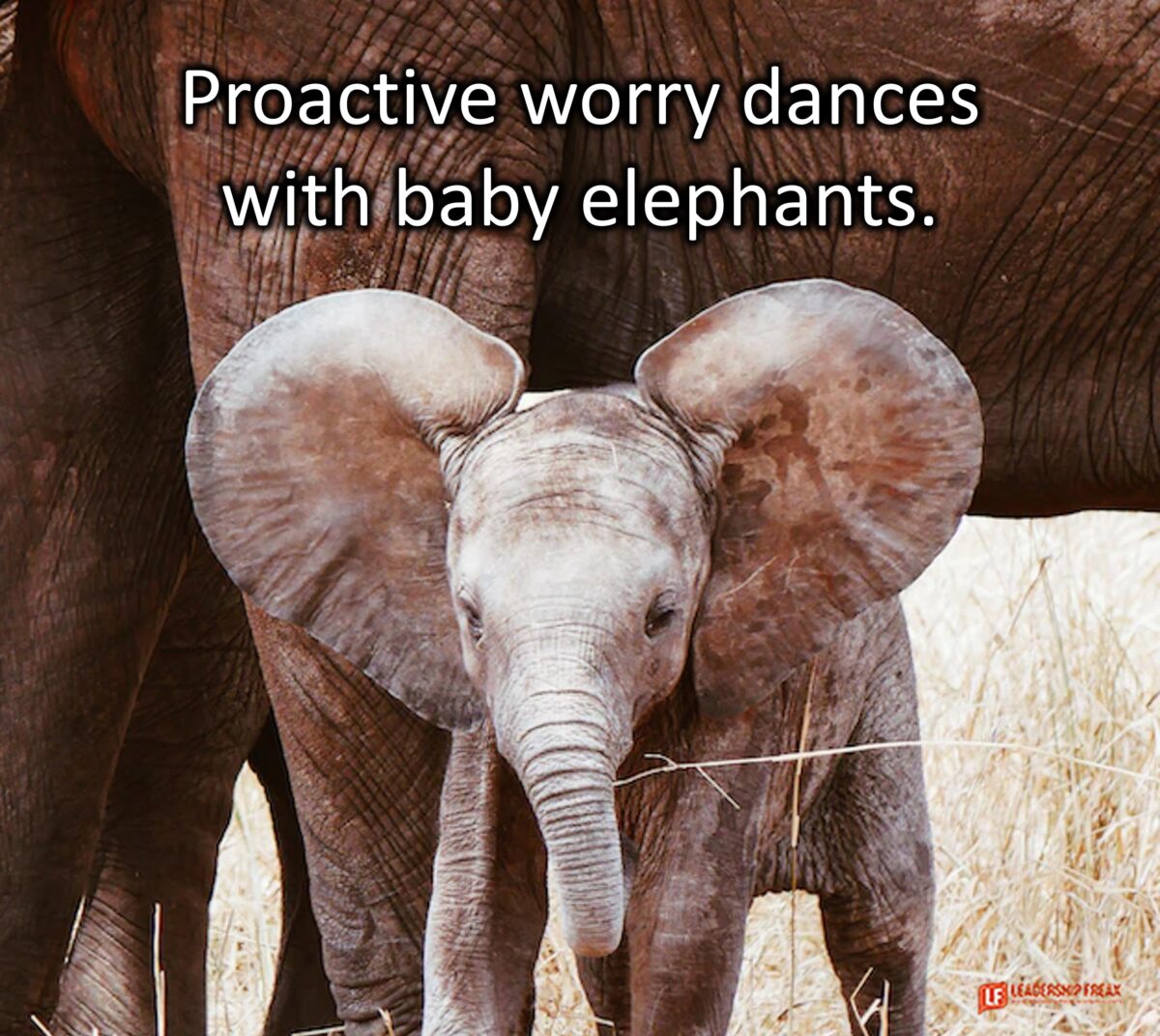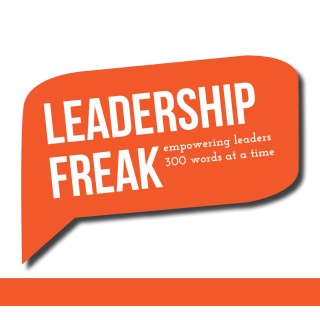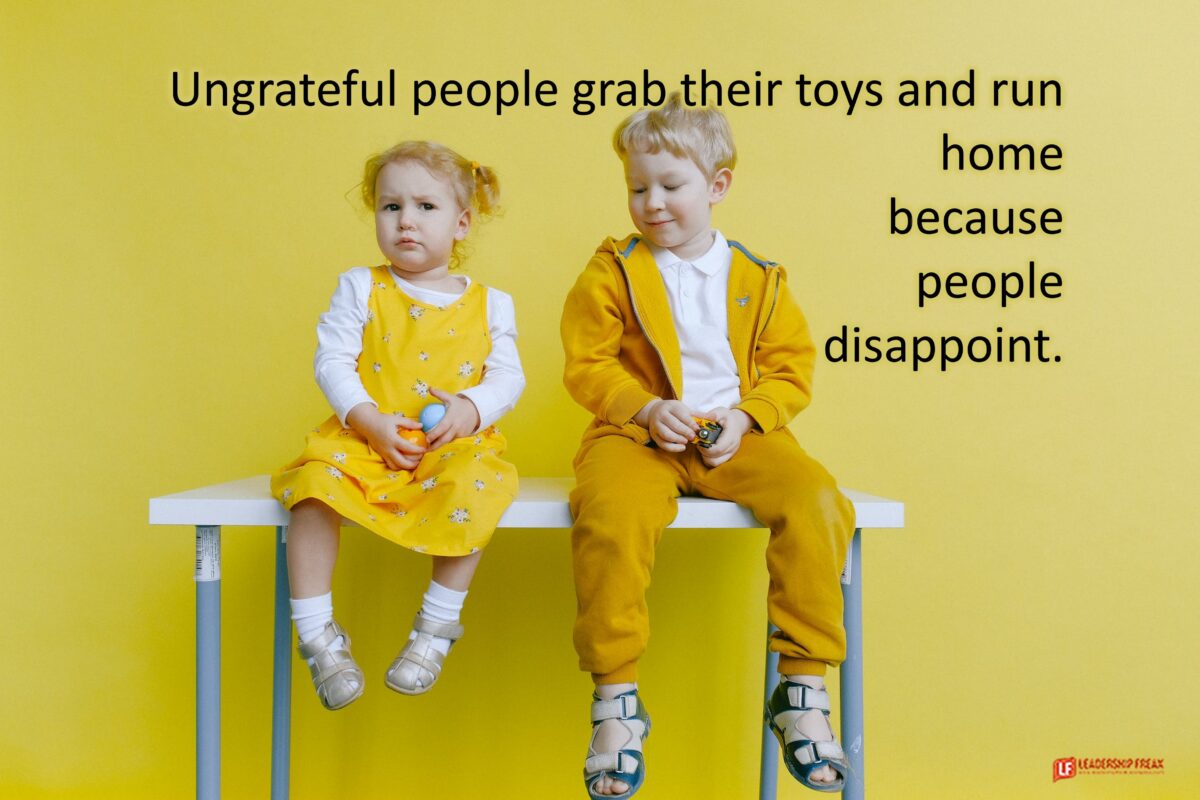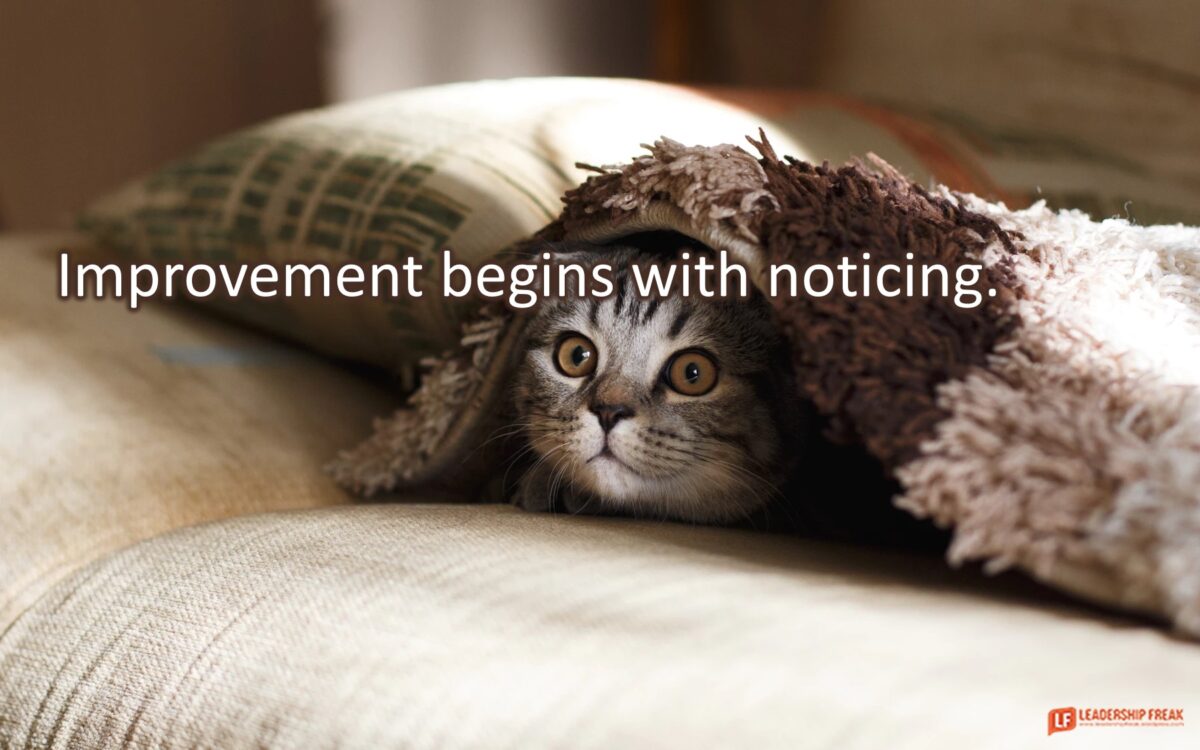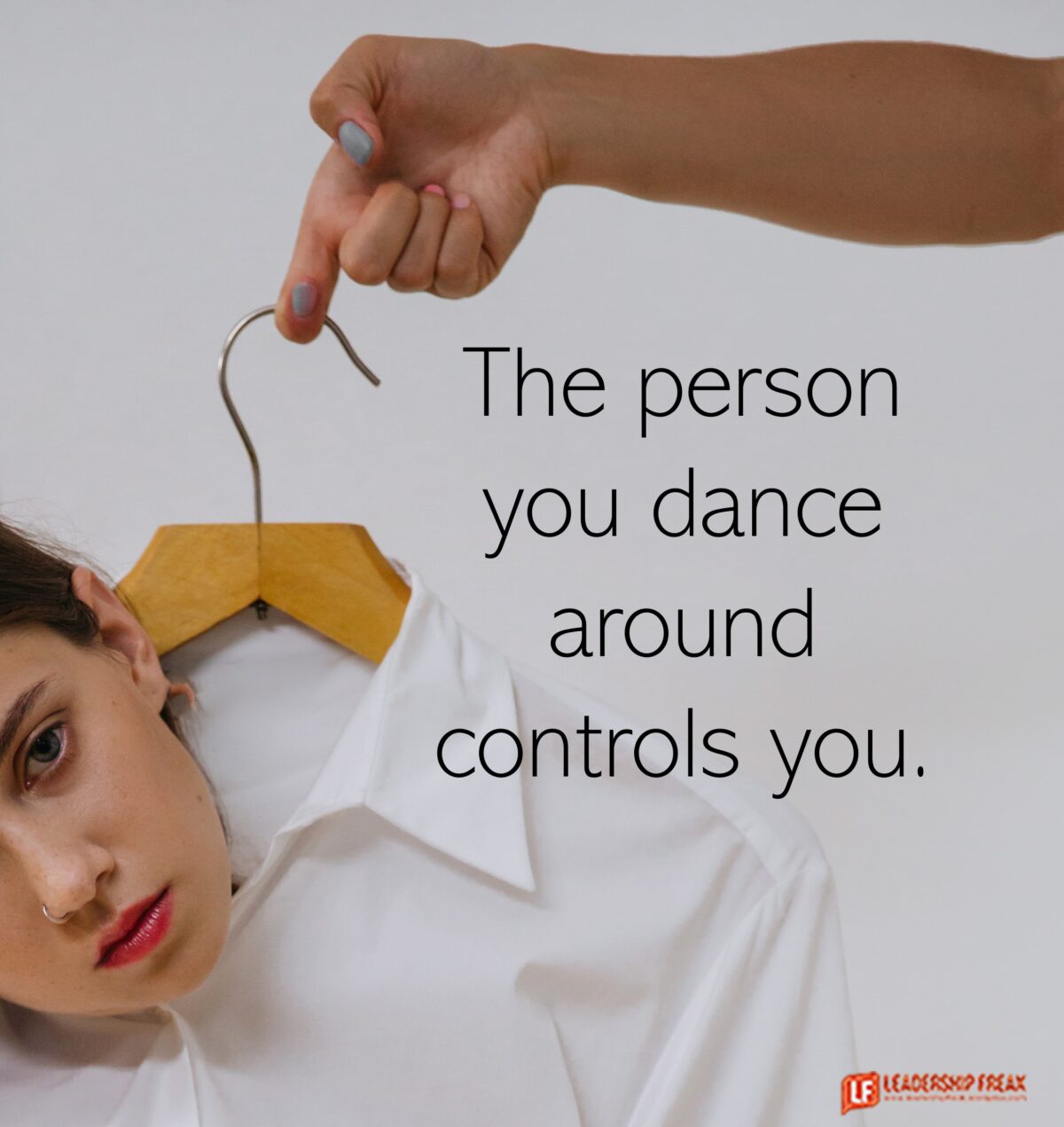3 Powers of Proactive Worry
Worry isn’t just in your head. You feel worry in your body. Some have stomach issues, others neck and shoulder pain.
Chronic worry triggers ‘stress hormones’ that elevate your heart and breathing, raise your blood sugar, and send more blood to your arms and legs. You can develop hardening of the arteries, high cholesterol, and high blood pressure.
Proactive worry motivates action not rumination.
Proactive worry is:
Worry is good when unavoidable danger heads at you. Tax Day comes every year. Proactive worry says keep up with record-keeping.
- Accepting reality.
- Noticing stress, worry, and anxiety. Pretending things are better than they are aggravates worry.
- Responding to emotional tension with action.
- Acting before you need to.
- Defining and solving root causes of recuring problems.
- Creating confidence in yourself and your future.
- Learning to not worry about things outside your control.
3 powers of proactive worry:
#1. Get busy.
Handwringing is not a strategy.
The best thing you can do with worry is get off the couch.
- On a scale of 1:10, how likely will your worry happen? Spend energy on things that are likely to happen.
- How can you prevent or prepare for anticipated problems?
#2. Invite elephants to dance.
Dance with elephants when they’re young.
You can ignore problems, but you can’t escape them. Baby elephants get bigger; eventually you face them down.
It’s easier to dance with baby elephants than full-grown bulls.
#3. Persecute recurring problems.
When you have the same conversation over and over, call it out. You waited too long when you feel deja’vu. Refusing to change your approach has become hard-headed stupidity, not grit.
Approach recurring problems with a commitment to find actionable solutions. Don’t allow yourself to rehash old issues for the third time.
What positive value might worry offer?
Added resources:
The Advantage of Atychiphobia – the Fear of Failure
Like this:
Like Loading…
